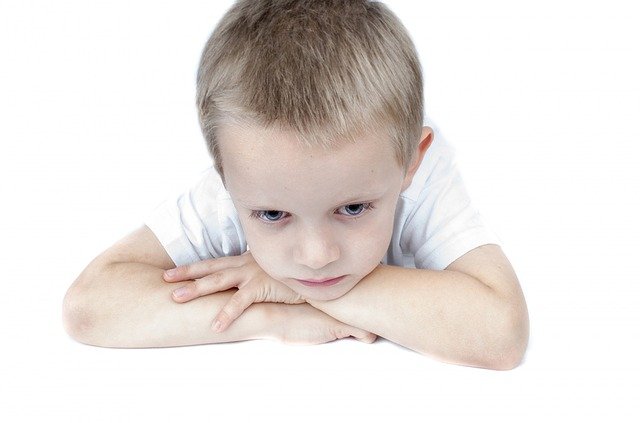
In a new Stanford study, researchers find that children with autism are able to improve their social skills by using a smartphone app paired with Google Glass.
With Google Glass, they can understand the emotions conveyed in people’s facial expressions.
For example, prior to participating in the study, Alex, 9, found it overwhelming to look people in the eye. Gentle encouragement from his mother, Donji Cullenbine, hadn’t helped.
Using Google Glass transformed how Alex felt about looking at faces, Cullenbine said.
Autism is a developmental disorder that affects 1 in 59 children in the United States, with a higher prevalence in boys.
It is characterized by social and communication deficits and repetitive behaviors.
Currently, because of a shortage of trained therapists, children may wait as long as 18 months after an autism diagnosis to begin receiving treatment.
Early autism therapy has been shown to be particularly effective, but many children aren’t treated quickly enough to get the maximum benefit.
The treatment could help fill this major gap in autism care.
In the study, 14 families tested the Superpower Glass setup at home for an average of 10 weeks each.
Each family had a child between the ages of 3 and 17 with a clinically confirmed autism diagnosis.
The researchers named the new therapy “Superpower Glass” to help make it appealing to children.
It uses a Stanford-designed app that provides real-time cues about other people’s facial expressions to a child wearing Google Glass.
The app uses machine learning to recognize eight core facial expressions: happiness, sadness, anger, disgust, surprise, fear, neutral and contempt.
The app was trained with hundreds of thousands of photos of faces showing the eight expressions, and also had a mechanism to allow people involved in the study to calibrate it to their own “neutral” faces if necessary.
The device, which was linked with a smartphone through a local wireless network, consists of a glasses-like frame equipped with a camera to record the wearer’s field of view, as well as a small screen and a speaker to give the wearer visual and audio information.
As the child interacts with others, the app identifies and names their emotions through the Google Glass speaker or screen.
After one to three months of regular use, parents reported that children with autism made more eye contact and related better to others.
Families told the researchers that the system was engaging, useful and fun. Kids were willing to wear the Google Glass, and the devices withstood the wear and tear of being used by children.
Families whose children had more severe autism were more likely to choose the game modes rather than free play, the researchers reported.
The team is currently completing a larger, randomized trial of the therapy.
They also plan to test the therapy in children who have just been diagnosed with autism and are on a waiting list for treatment. Stanford University has filed a patent application for the technology.
The study’s senior author, Dennis Wall, Ph.D., is associate professor of pediatrics and of biomedical data science.
The therapy is published in Digital Medicine.
Copyright © 2018 Knowridge Science Report. All rights reserved.



